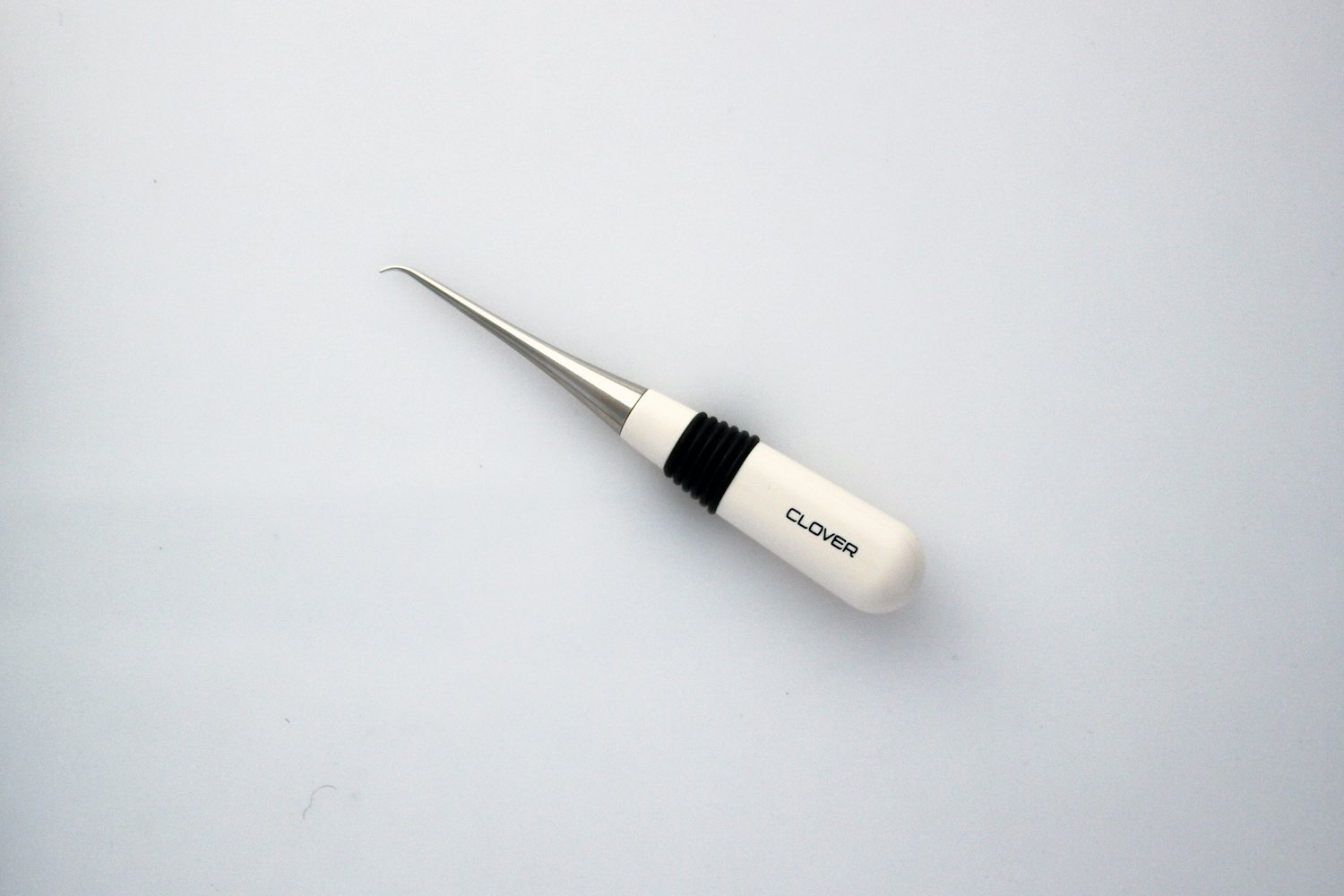The right cording makes all the difference when using corded piping in quilts. This cording is big enough to make an impact and small enough to avoid bulk in seams. It makes piping with just the right amount of body so it's easy to work with but doesn't add stiffness to a quilt. Ahhh ... it's just right!
I've tried cotton cording but it clings to cotton fabrics making it quite difficult to pull cording into the fabric's fold to sew into piping. Nylon cording has a low melting point, so that's not an option for me! This high quality poly has just a bit of body without being stiff, is just a bit slippery, and has high melting point, so this is my cording of choice!
This is the same cording included in the Piping Hot Binding kit and distributed to my students. It will shrink when exposed to extreme heat and moisture, so I suggest steaming it with an iron before making piping. Many quilters report their irons don't make hot enough steam to shrink this cording and that's OK. It won't shrink later if/when you block the quilt with steam from the same iron!
This cording is featured in Piping Hot Binding and Piping Hot Curves.





